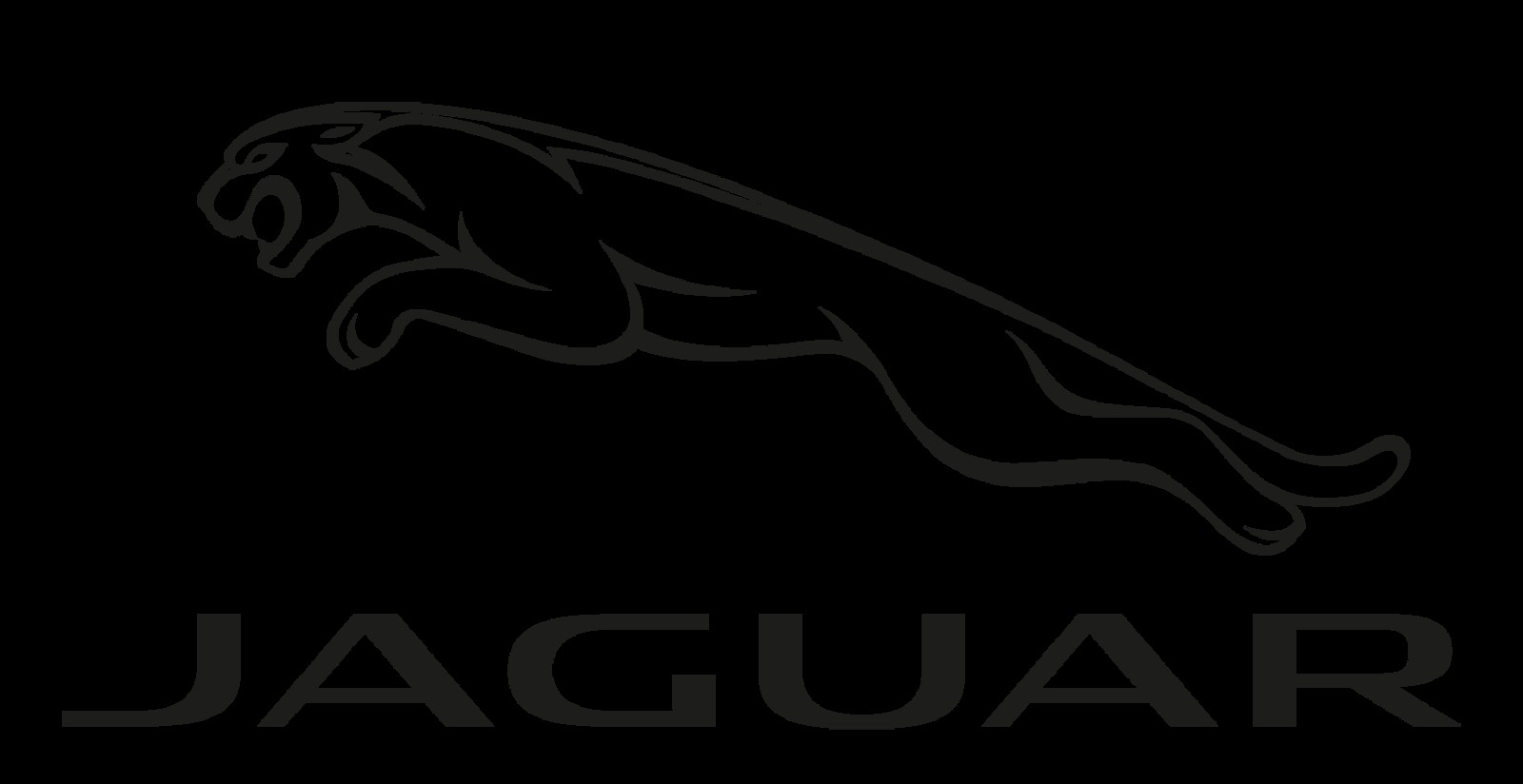Jaguar, a brand synonymous with luxury and automotive heritage, recently unveiled a radical brand overhaul, sparking widespread debate and, notably, a wave of criticism. Central to this reimagining is the Jaguar Car Logo, a visual cornerstone intended to propel the marque into a new era. However, the reception has been far from celebratory, with many questioning if this bold move truly captures the essence of Jaguar or if it marks a misstep in the brand’s evolution. This article delves into the nuances of the new jaguar car logo and accompanying brand identity, analyzing its design choices and assessing its effectiveness in today’s competitive luxury car market.
The New Jaguar “Device Mark” Logo: Design Elements and Critique
At the heart of Jaguar’s rebranding is the introduction of what they term a “device mark” – essentially, the wordmark logo. This new jaguar car logo abandons the sharp, classic typography of its predecessor for a rounded, mixed-case font. On a purely aesthetic level, the design isn’t inherently flawed. The rounded forms project a sense of approachability and modernity, while the playful mix of upper and lowercase letters lends a touch of retro-70s charm. It evokes a feeling of cleanliness and friendliness, perhaps suitable for a tech gadget company or even a trendy frozen yogurt outlet.
However, the crucial question arises: is this new jaguar car logo befitting of a luxury automotive brand with aspirations to rival Rolls-Royce, Mercedes-Benz, and Bentley? The design, while inoffensive, seems to lack the gravitas and sophistication traditionally associated with high-end car marques. It veers towards generic and fails to communicate the prestige and heritage that Jaguar has long cultivated.
Comparison with Other Logos: Visual Similarity and Brand Association
Further complicating matters is the striking resemblance of the new jaguar car logo to logos from completely disparate sectors. Visual parallels can be drawn to Nintendo’s Wave Race logo, the typography style used for the sci-fi film Dune, and even the Bloomingdale’s department store branding. While individually these logos are recognizable within their respective contexts, their collective association dilutes the exclusivity and premium feel that a jaguar car logo should project.
For a brand aiming to compete in the upper echelons of the automotive industry, these visual echoes are problematic. They risk undermining Jaguar’s attempt to position itself as a distinct and elite brand, blurring its identity with associations that are far removed from luxury and automotive excellence. This dilution of brand identity through logo design is a significant concern for Jaguar’s rebranding efforts.
The Missing Leaping Jaguar: A Brand Identity Crisis?
Perhaps the most contentious aspect of the jaguar car logo redesign is the near-disappearance of the iconic leaping jaguar emblem. For decades, the “leaper” has been synonymous with the brand, embodying its power, agility, and elegance. While the new brand identity does retain a stylized leaping jaguar as a “makers mark,” its relegated status diminishes its impact and recognition.
The decision to sideline such a recognizable and potent symbol raises questions about Jaguar’s understanding of its own brand heritage. While modernization is essential, discarding elements that have contributed to brand recognition and equity can be detrimental. The leaping jaguar was more than just a logo; it was a visual shorthand for Jaguar’s brand promise. Its diminished presence in the new jaguar car logo strategy may signal a brand identity crisis rather than a confident evolution.
Brand Identity Campaign: Derivative and Mismatched?
Beyond the logo itself, the accompanying brand identity campaign, with its tagline “copy nothing,” has also faced criticism for being ironically derivative. The campaign’s aesthetic, characterized by bold, saturated colors and avant-garde fashion, is perceived by many as unoriginal and cliché. While aiming for a daring and cutting-edge image, the campaign instead treads well-worn paths of contemporary fashion and art direction.
Comparisons to past campaigns with similar visual styles and themes abound, highlighting the lack of genuine innovation. The attempt to project a bold and unique image falls flat when the visual language employed is readily recognizable from numerous other brands and campaigns, some dating back decades.
The Tone and Message: Smug and Unappealing?
Adding to the campaign’s woes is its perceived tone. Critics argue that the overall message comes across as smug and elitist, alienating potential customers rather than attracting them. The self-serious and confrontational approach lacks the joy and aspirational qualities typically associated with luxury car advertising.
While some level of exclusivity is inherent in luxury branding, the Jaguar campaign risks crossing the line into pretentiousness. The absence of warmth, humor, or genuine connection in the campaign’s imagery and messaging further detracts from its appeal.
Conclusion
Jaguar’s desire for a brand refresh is understandable, and a dramatic change might indeed be necessary to revitalize the marque for a new generation. However, the execution of this rebranding, particularly concerning the jaguar car logo and accompanying campaign, appears to have missed the mark. Instead of projecting a modern, sophisticated, and desirable image, the new identity risks diluting Jaguar’s brand equity and alienating its target audience. A re-evaluation and potential course correction may be necessary to ensure that Jaguar’s brand identity truly reflects its heritage and future aspirations in the competitive luxury automotive landscape. A brand with such a rich history deserves a logo and identity that resonates with both its legacy and its vision for the future, and it remains to be seen if this current iteration of the jaguar car logo can achieve that crucial balance.

